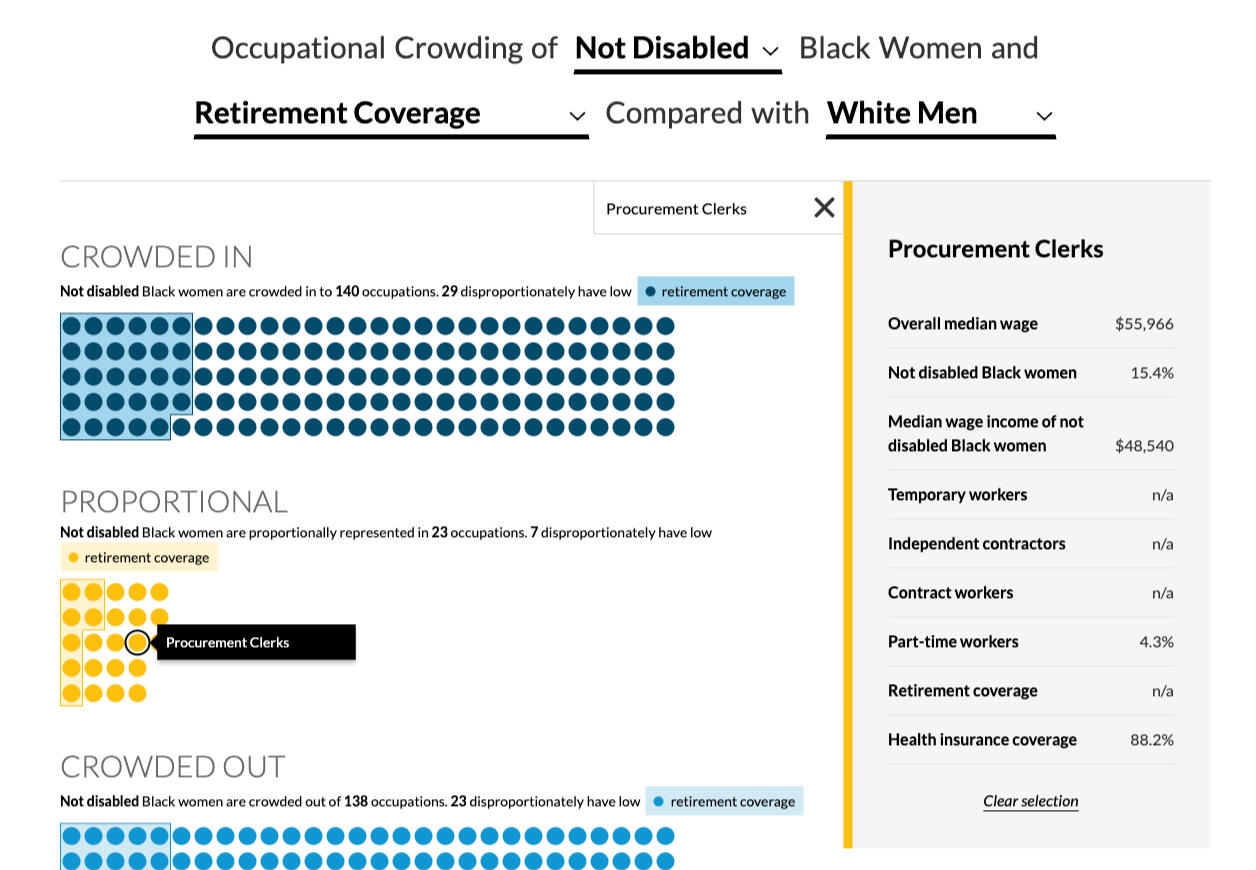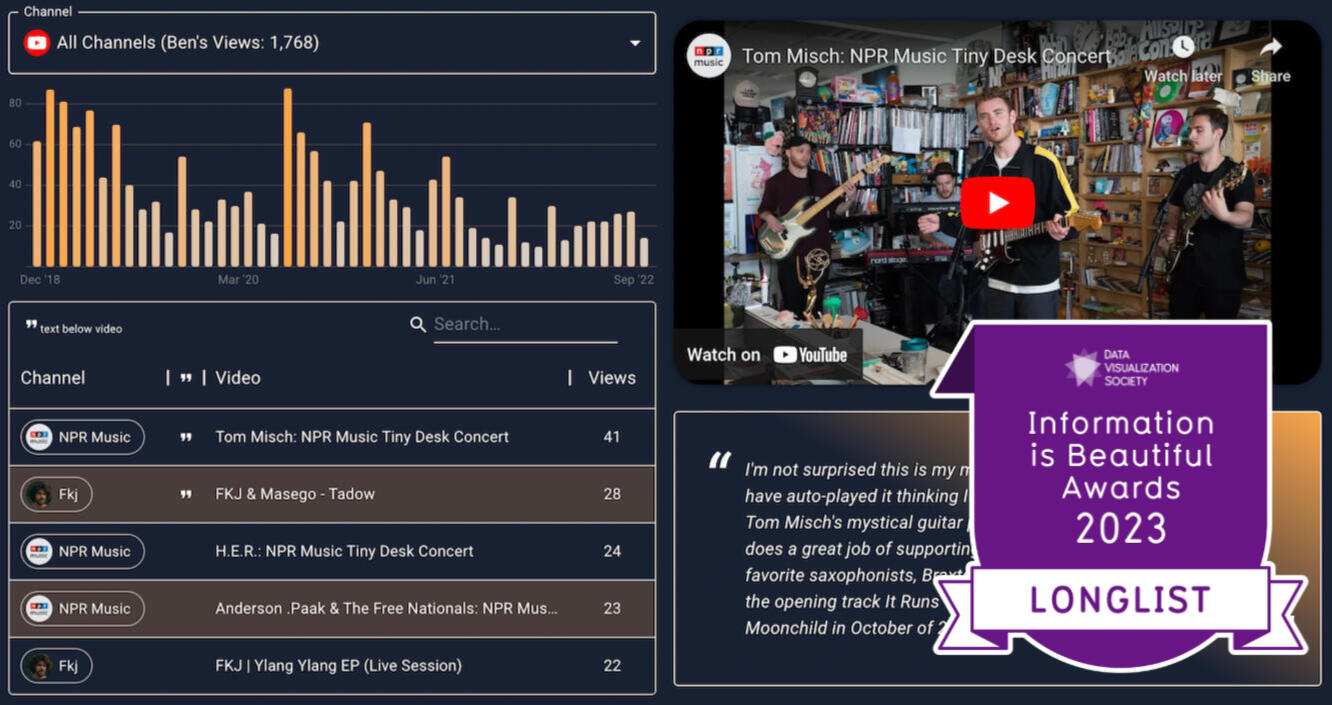Ben Kates (he/him)
I'm a data product engineer and data visualization specialist living in Philadelphia, PA.
My expertise covers:
- Data Visualization Engineering & Design
- Data Product Management
- Web Development
- Data Analysis & Dashboard Development
- and more...




